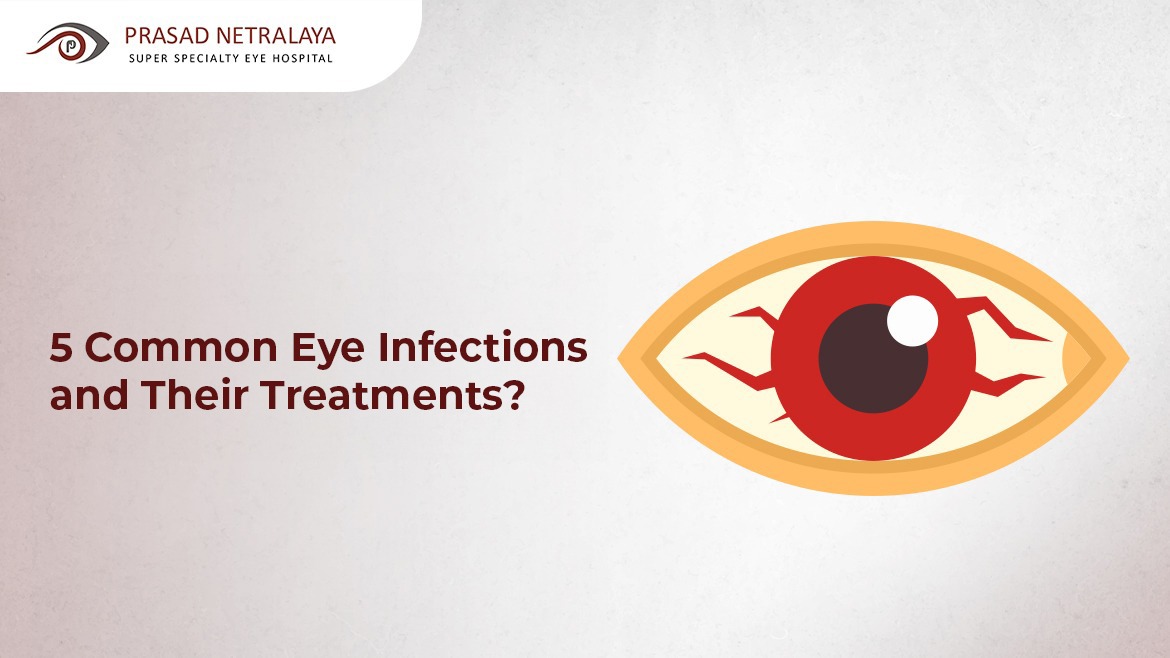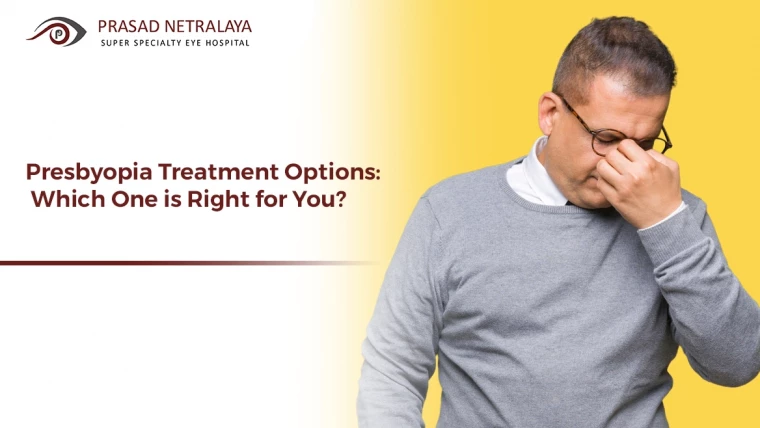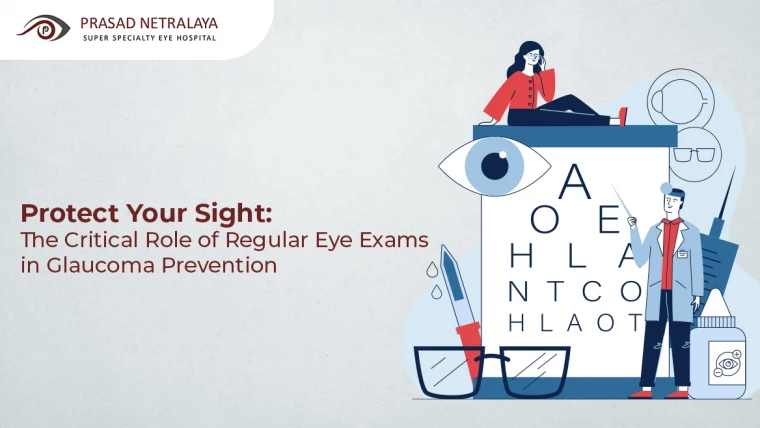Did you know that if eye infections go untreated, you may have to suffer serious consequences? If you’re suffering from them, then it’s high time you read this blog to get more clarity on what kind of eye infection you have and how you can get it treated as soon as possible.
Table of Contents
How common are eye infections?
An eye affection is a condition affecting the eyes due to microorganisms like bacterium, virus, or fungus. One or both eyes may get infected. Majority of the times, they are mild and easy to cure, but some infections call for immediate medical attention.
They are usually minor and can affect any part of the eye, however, there are certain eye infections that call for a medical emergency.
Eye infections are common and many people get it treated by consulting a doctor. And the most common type among them is pink eye (also called conjunctivitis).
Here are 5 most common eye infections and how they’re treated:
Here is a list of the five most typical forms of eye infections, along with descriptions of symptoms and remedies:
1. Conjunctivitis/pink eye
One of the most common types of eye infections is conjunctivitis, sometimes known as pink eye. It occurs from an infection that is either caused by a virus, bacterium or fungus in the conjunctiva, the thin membrane that surrounds your eye. Moreover, It is still possible for conjunctivitis to spread even two weeks after catching the infection.
These are a few symptoms of an eye infection caused by conjunctivitis:
- Eyes turn slightly pinkish or reddish
- Thick watery discharge comes out of the eyes when you wake up
- The feeling of something being stuck in your eyes and itchiness
- Eyes turning more teary than usual, particularly in one eye
Treatments for conjunctivitis:
The type of conjunctivitis you have can determine the right treatment you need:
- Bacterial conjunctivitis: Doctors may prescribe antibiotic eye drops, ointments, or other drugs to destroy harmful bacteria in the eyes
- Viral conjunctivitis: There’s no treatment for this kind of infection. It usually fades away on its own after 7 to 10 days. Apply a clean and warm compress on your eyes to relieve pain, wash your hands frequently, and avoid spreading the infection by surrounding yourself with people.
- Allergic conjunctivitis: Over-the-counter (OTC) antihistamines help reduce the allergy symptoms. Anti-inflammatory eye drops also prove helpful in reducing the symptoms.
2. Keratitis
Keratitis happens when your cornea gets infected. The cornea is the clear part covering the pupil and iris. Keratitis may develop either due to an infection or an eye injury. Keratitis usually occurs when you wear contact lenses, have a weakened immune system from another illness, use corticosteroid eye drops for an existing eye condition, or when your eye comes in contact with a plant or chemical.
The symptoms of Keratitis are as follows:
- Swelling and redness in the eye
- Eye pain or discomfort
- Increased tear production
- Blurry vision or vision loss
- Discomfort while opening or closing the eyelids
- Light sensitivity
Keratitis treatments:
- Antibacterial eye drops can cure bacterial keratitis in a few days. Whereas, Oral antibiotics treat severe eye infections
- Antifungal eye drops or medication can kill fungal keratitis within weeks or months
- Oral antiviral medications or eye drops can help stop viral keratitis within a week. However, the infection may even return after the treatment
3. Stye:
A stye (or sty) is shaped as a tiny pimple and it develops around the outer edges of eyelids due to an oil gland. These oil glands get clogged and it eventually allows bacteria to overgrow.
Stye eye infection symptoms are as follows:
- Increased tear production and swelling
- Itchiness and irritation in the eyes
- Eye pain
Stye infection treatments:
- Use over-the-counter pain relievers to reduce the swelling
- Apply a warm and damp cloth on the eyelids for 20 minutes a few times a day
- Take antibiotic ointments to kill the overgrowth of the infection
- Avoid using eye makeup or wearing contacts until the infection stops
- Consult a doctor if the infection doesn’t disappear within 7 to 10 days
4. Endophthalmitis
Severe inflammation of the tissue within the eye is known as endophthalmitis. This condition usually arises due to eye surgeries like cataract surgery, however, this is a rare condition.
Some symptoms that may arise after the cataract surgery include:
- Partial or complete vision loss
- Blurry vision
- Eye pain
- Light sensitivity
- Eye discharge
- Redness or swelling in the eye and eyelids
Endophthalmitis infection treatments:
- The doctor may inject antibiotics in your eye and also give a corticosteroid shot to reduce inflammation
- If the symptoms severely affect your vision, your doctor may suggest to get it surgically removed (The surgery is called vitrectomy)
Also Read :
Get your eye infections treated by the best ophthalmologists in Mangalore:
Don’t wait if your eye infection doesn’t get cured within a few days. Seek medical emergency from the experts at Prasad Netralaya Eye Hospital. Our eye specialists are dedicated towards protecting your eye health and bringing a smile to your face by providing the best treatment possible.
Schedule an appointment today to protect your eye health before it gets worse!
Also Read : Causes of Eye Discharge: Symptoms, Types, and Treatment
FAQs (Frequently Asked Questions):
1. What is the most serious eye infection?
Endophthalmitis is the most serious type of eye infection as this causes inflammation in the inside of the eye and typically is the result of cataract surgery
2. What is the fastest way to cure an eye infection?
The quickest and the fastest way to cure an eye infection depends on the kind and severity of the infection. Treatments like antibiotic eye drops, ointments or antiviral medications may be prescribed by the healthcare specialist to have your infection cured quickly.
3. How to clean an infected eye?
If there are any crusts in your eye, use wet cotton or a clean towel to remove them. You can apply a cold or warm cloth to your eye a few times a day if it hurts.
4. Is breast milk good for eye infections?
Medical studies have proved that there is a certain beneficial bacteria found in breast milk. It’s effective against strains of gonorrhea that cause eye infections. However, breast milk may not be effective in treating all bacterial eye infections.
Dr. Vikram Jain, M.S. had his medical training (MBBS) from Kasturba Medical College, Mangalore, India. He did his master’s in Ophthalmic surgery from Kasturba Medical College, Manipal. He currently manages the Glaucoma department of Prasad Netralaya hospital.



